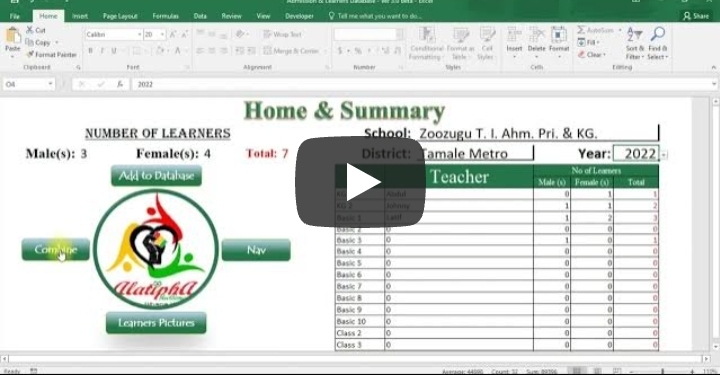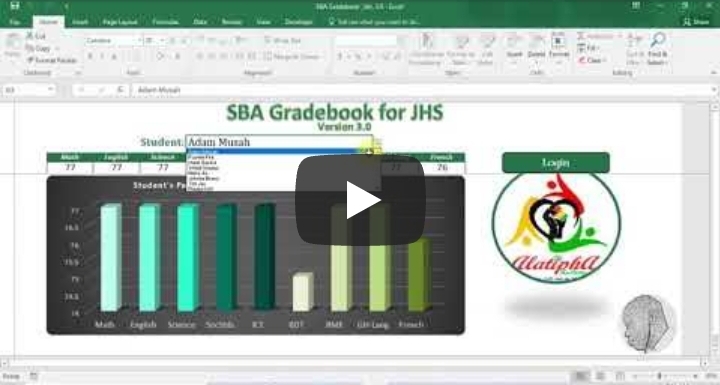Pension reform best for workers — SSNIT
The Director-General (D-G) of the Social Security and National Insurance Trust (SSNIT), Dr. John Ofori-Tenkorang, has assured workers that the pension reform exercise will deliver better value to pensioners than the old law gave them.
“Pensioners have not been made worse off under the three-tier pension scheme. In fact, the monthly pension paid under Act 766 is better than the residual pension paid under PNDCL 247,” he said.
Dr. Ofori-Tenkorang told the Daily Graphic yesterday that although the implementation of the final lap of the reform had experienced some “transitional peculiarities that may adversely affect some individuals”, it should not be misconstrued that the National Pensions Act, 2008 (Act 766) made workers and retirees worse off.
Enhanced benefits
He said the increase in the monthly pension paid to retirees, the shortening of the minimum period one should contribute to enjoy pensions from 20 to 15 years and the improvement in the lifetime benefits paid to pensioners and their survivors from 72 to 75 years were some of the enhanced benefits in Act 766 that were absent in PNDCL 247.
He also explained that the government had committed to ensuring that any worker who received lower pensions under Act 766 than he/she would have received under PNDCL 247 during the transitional period was paid the deficit amount.
The SSNIT D-G gave the assurance after a Daily Graphic investigative story yesterday had found that the pension benefits paid to some retirees under Act 766 this year were lower than the amount they would have received under PNDCL 247.
According to him, Act 766 offered retirees better pension benefits.
Act 766
Act 766, which took effect in January 2010, replaced PNDCL 247 and ushered into being a three-tier pension scheme funded by contributions.
As part of the final lap of the reform exercise started in January 2010, those who retired from January this year were paid their benefits under Act 766.
Commitment
In the response e-mailed to the Daily Graphic, Dr. Ofori-Tenkorang said the pensions reform in general brought better overall benefits to workers.
“But, as with any reform, there are transitional peculiarities that may adversely affect some individuals. The higher monthly pensions offered under Act 766 notwithstanding, in so far as the past credit (PC) and tier-two benefit fall short of the lump sum that would have been paid to retirees during the transition period, the government has committed to ensure that the difference is paid to the affected members,” he said.
He said the general verdict was that “Act 766 offers more”.
“Under Act 766, with 15 years or 180 months of contributions, one qualifies to receive 37.5 per cent of the average of their three years’ best salaries as pension and the lump sum paid by the second tier.
“Previously, workers needed 20 years or 240 months’ contributions to qualify for 50 per cent of the average of their three years’ best salaries as whole pension.
“If such a person opts for a lump sum, then the residual pension will be 37.5 per cent of the average of his three years’ best salaries on which contributions were paid,” he said.
“So for two people, one retiring under PNDCL 247 and the other under Act 766, both with 20 years’ contribution, the one retiring under PNDCL 247 gets a residual pension of 37.5 per cent (of average of his or her three years’ best salaries) and the other under Act 766 gets 43.125 per cent as pension,” he added.
According to him, Act 766 also made it possible for workers to qualify for 60 per cent of the average of their three years’ best salaries as pension after contributing for 35 years, whereas retirees under PNDCL 247 would get only 52.5 per cent after contributing for 35 years.
“It is, therefore, inaccurate to suggest that pensions under PNDCL 247 are better than Act 766. The contrary is actually the case,” he said.
Lump sum
On total lifetime benefits, the SSNIT D-G said Act 766 guaranteed pension up to age 75, whereas PNDCL 247 guaranteed pension up to age 72.
He said that showed that Act 766 “pays three more years of guaranteed pension than PNDCL 247”.
Dr. Ofori-Tenkorang also said the PC under Act 766 should not be misconstrued to be equal to the lump sum that was paid under PNDCL 247.
“The PC is not equivalent to 25 per cent lump sum,” he said, and explained that the comparison between PC payment and lump sum payment under PNDCL 247 was ill-informed.
“This comparison has no basis because the 25 per cent lump sum paid under PNDCL 247 does not have its equivalence as the PC. One has to add the PC to the amount accrued under tier two in order to arrive at the full lump sum benefit under Act 766.
“Therefore, to compare the PC paid by SSNIT to the lump sum that used to be paid by SSNIT is erroneous, since the two are not the same,” he added.
Calculation
He said the PC under Act 766 was four per cent of salaries accumulated with interest from the dates on which members’ contributions were received by the trust up to December 31, 2009, the eve of the implementation date of Act 766.
The D-G of SSNIT said the PC and accrued interest from January 1, 2010 till one’s date of retirement was “what is paid to the member by SSNIT as part of his or her lump sum”.
“The rest of the lump sum is paid by private tier-two fund managers,” he said.
He said, on the other hand, the 25 per cent lump sum under PNDCL 247 was 12 years or 144 months of the guaranteed pension that was paid as a lump sum at the time of retirement.
Based on that, he said, a member might opt to collect 25 per cent of the present value of the future 144 guaranteed monthly pension as a lump sum.
“In calculating the lump sum benefit under PNDCL 247, the pension is determined using the average of three years’ best annual salaries. This 25 per cent is calculated over the guaranteed period of 12 years (144 months). The present value of this figure is what is paid as the lump sum.
“So, whereas the optional 25 per cent lump sum benefit uses the average of three years’ best salaries as a key determinant of the lump sum, the PC and the lump sum paid by the second tier are based on each and every contribution received, which then accrues with interest,” he explained.
“It is, therefore, possible for two people retiring with the same three best years’ salaries to have lump sum amounts under the old law (PNDCL 247) that are different from the tier two with the PC added, due to the fact that their contributions history may not match each other exactly from the date of first contribution,” Dr. Ofori-Tenkorang said.


.png)






























Comments
Post a Comment